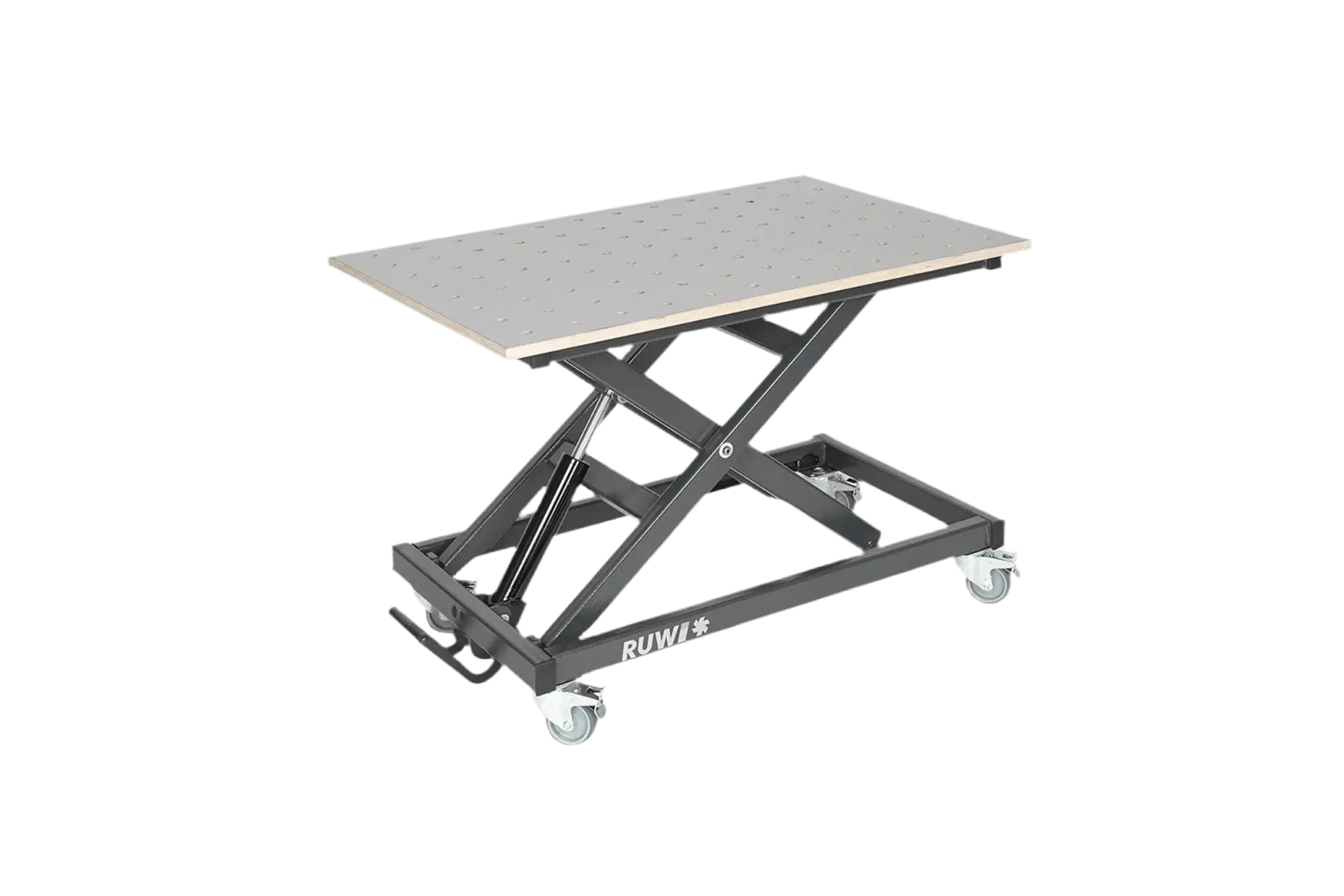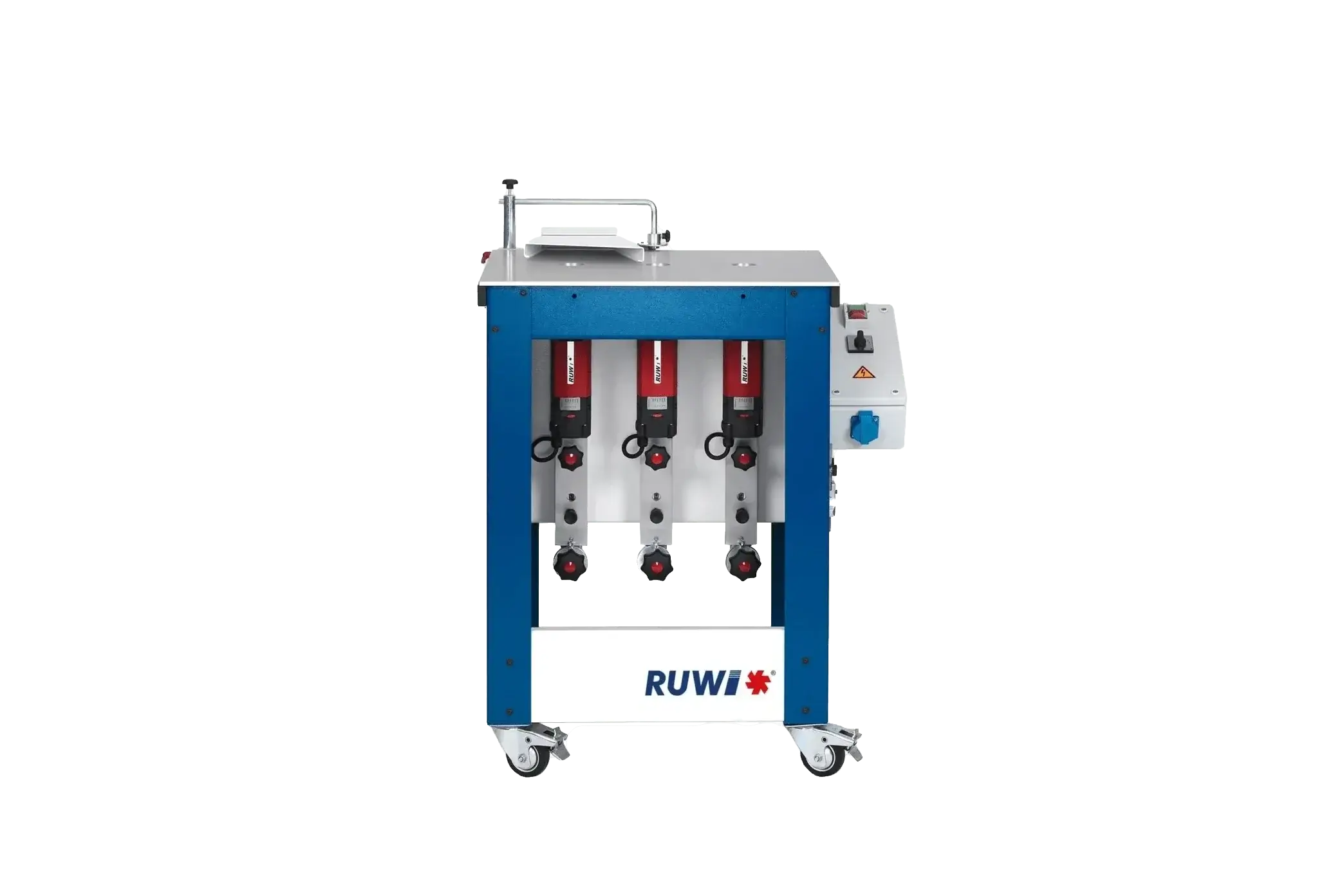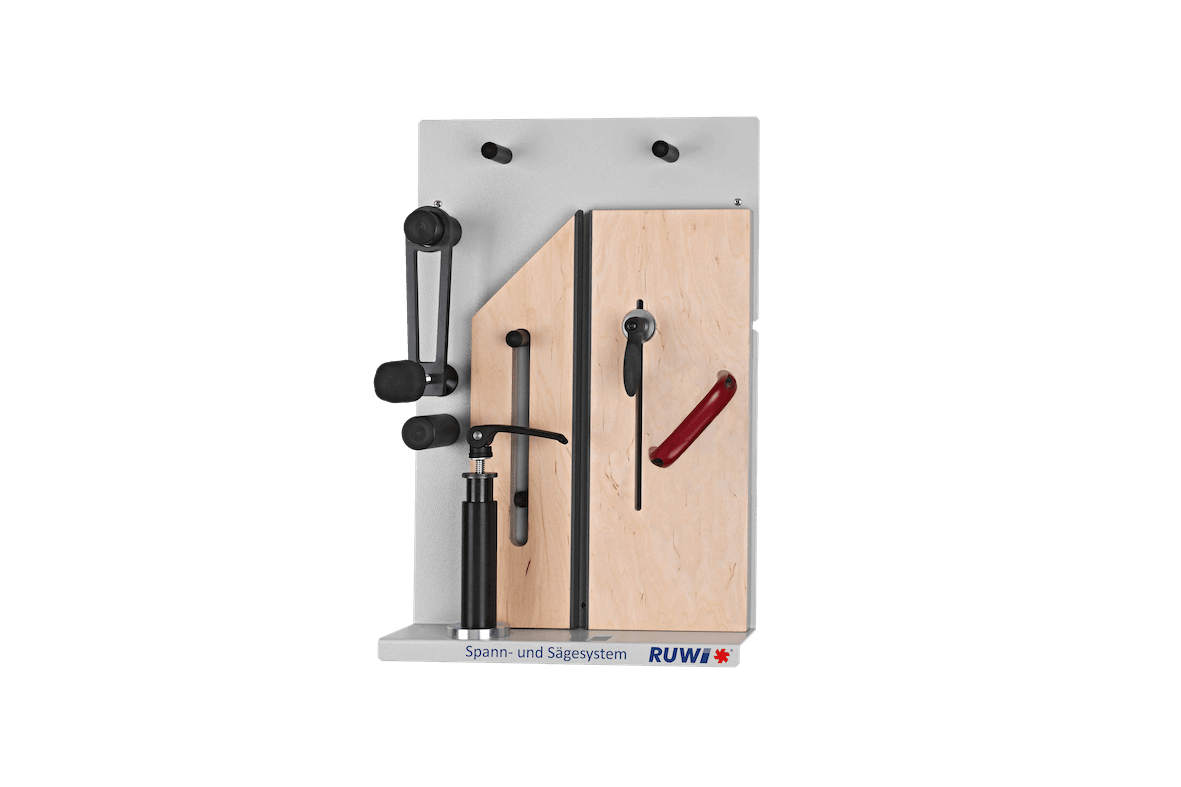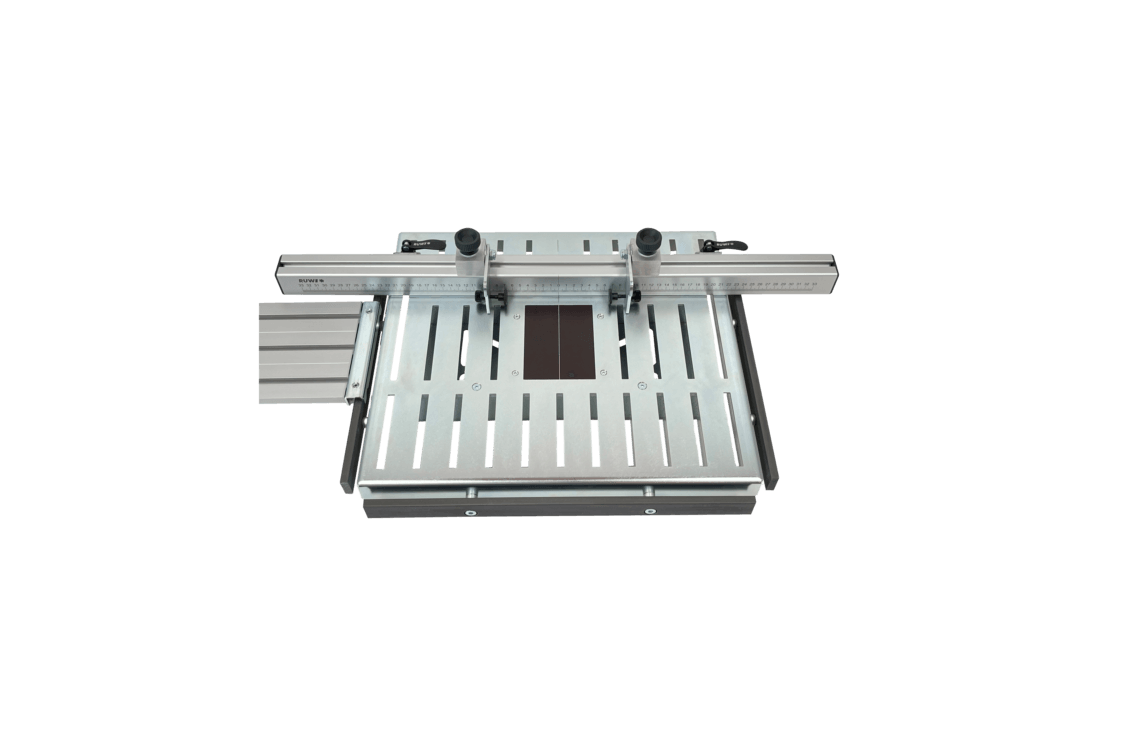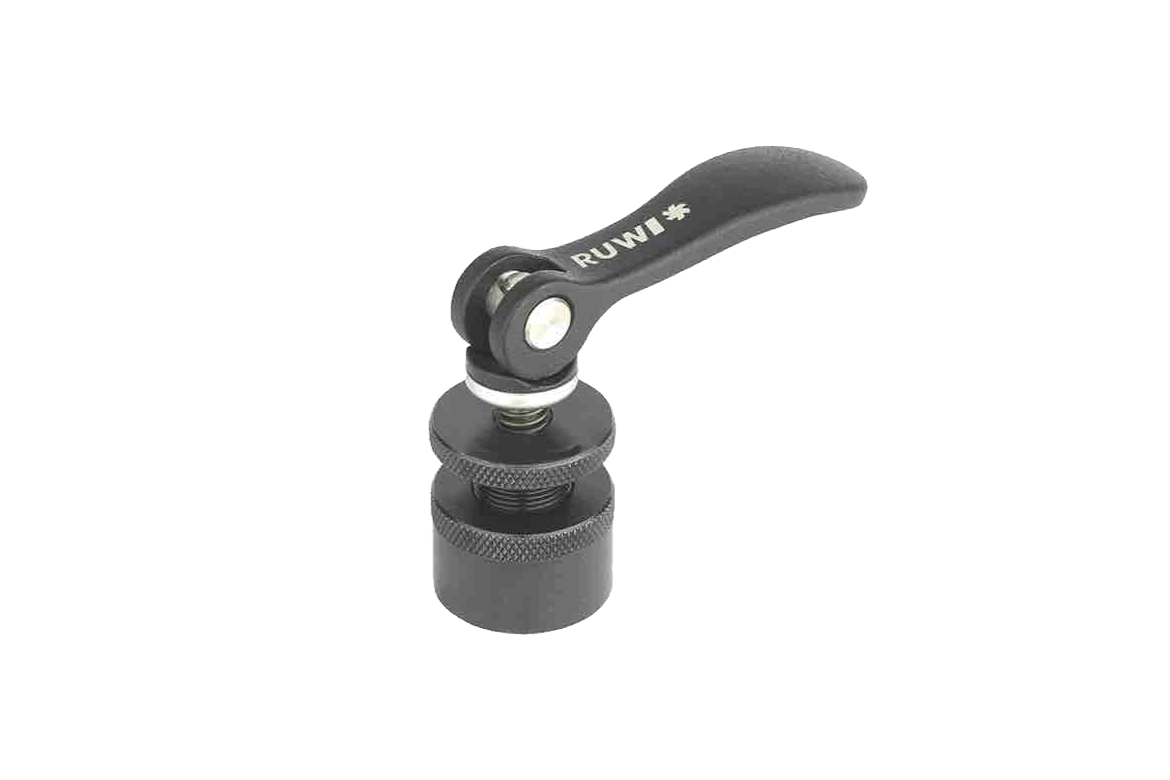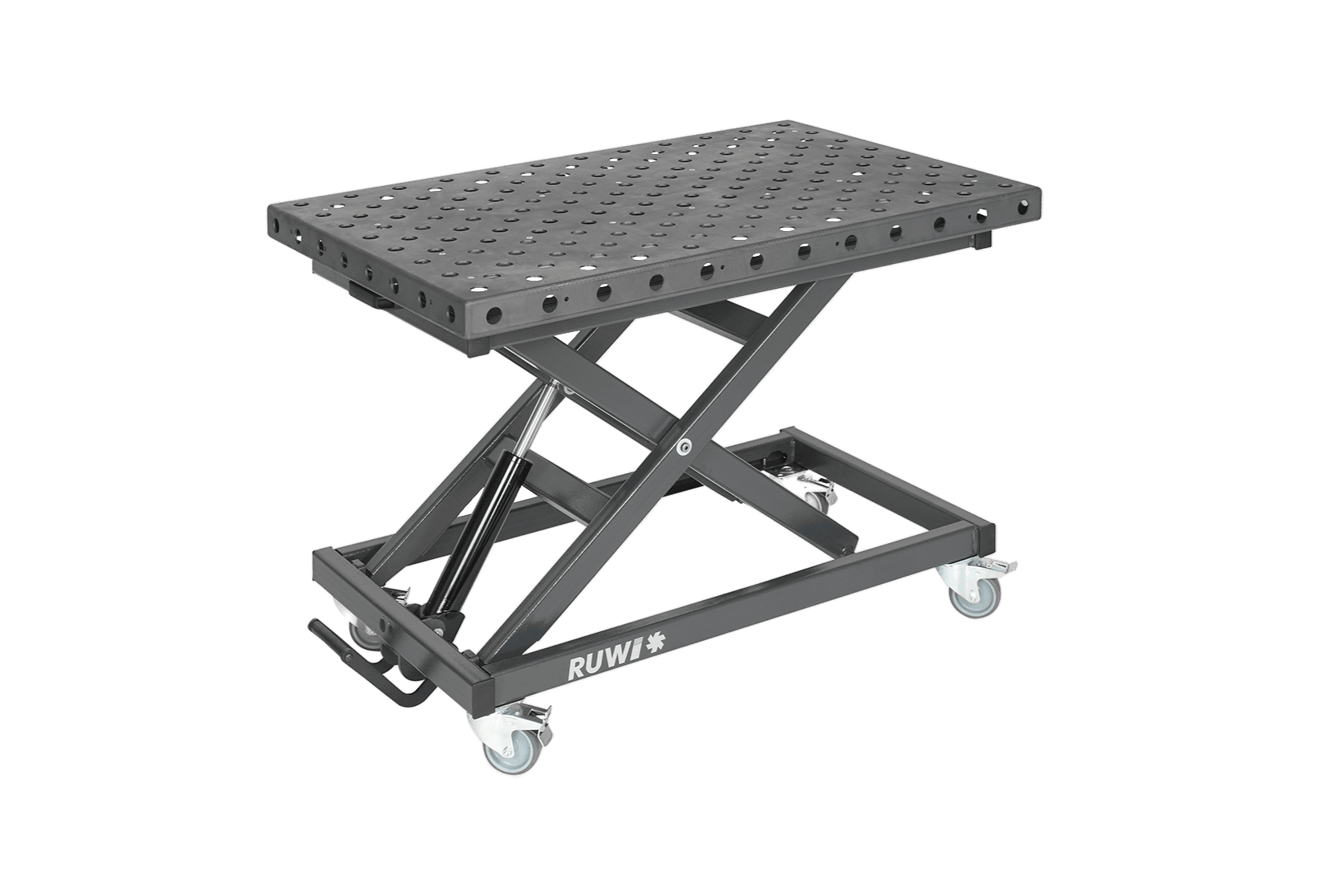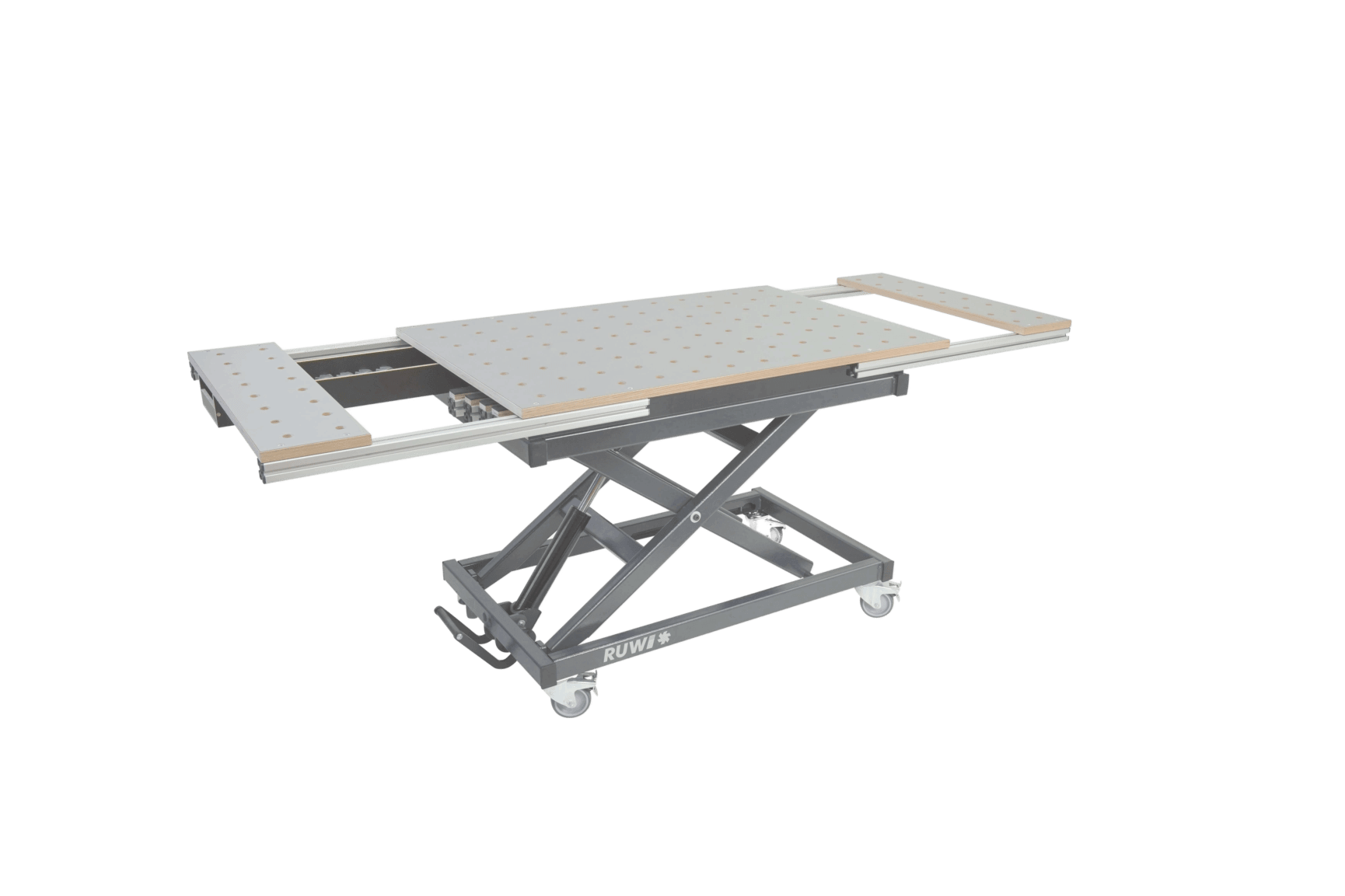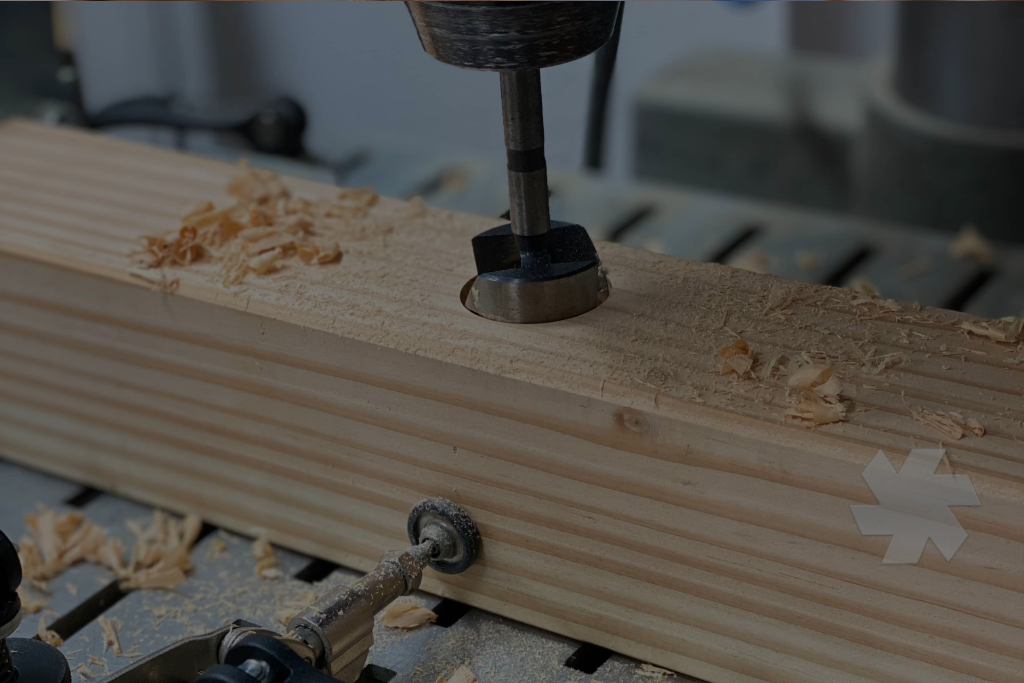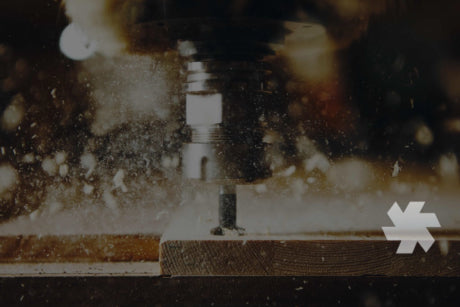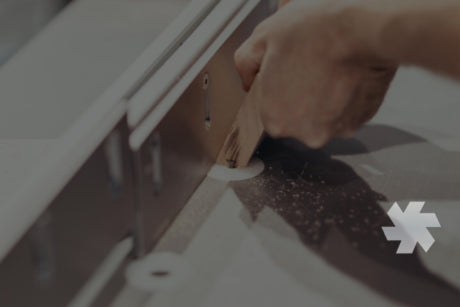Milling a groove in wood with the router - how it works
Milling grooves in wood is an important skill for any ambitious woodworker. Grooves make it possible to fit parts together and join them precisely. You can cut such grooves quickly and cleanly into wood with a router. In this guide, we will show you step by step how to do this - from preparation and the materials and tools required to valuable tips for perfect results.

Table of contents
- The most important facts at a glance
- Definition: What is a groove?
- How can I mill a groove?
- Preparation: What do I need for groove milling?
- Instructions: Milling a groove in wood
- Which machines and tools for slot milling?
The most important facts at a glance
- Preparation: Define the groove according to function, shape and purpose.
- Tool selection: Choose the right tool based on size, position and material.
- Safety: Always observe the safety measures when setting up the milling machine and when milling.
Definition: What is a groove?
Groove milling is a special milling process in which you mill an elongated recess (groove) into the workpiece to fulfill certain functions or requirements. The groove is often used to accommodate another component (e.g. back panel, base, tongue, etc.). Visual / design reasons also play a role, for example to make fronts appear slimmer or to visually separate components (V-groove, decorative grooves, etc.).
How can I mill a groove?
To cut a defined groove in a wooden surface, you usually need a groove cutter (end mill) and a fence or template that specifies the course of the groove. A disk grooving cutter (lamello cutter) is particularly suitable for routing a groove on a straight or curved edge. Either a stop ring or a stop is used as a guide.
Preparation: What do I need for groove milling?
Your workpiece should be non-slip or securely clamped so that it does not slip during milling. The selected tool (grooving cutter/disc grooving cutter) must be suitable for the desired groove shape and material. You should also ensure compatibility with the machine (shank diameter, speed range, etc.). Always use extraction and personal protective equipment (PPE).
Material list
- Tilt / non-slip base or work table
- Workpiece to be grooved
- If necessary, component that is placed in the groove
- PPE (hearing protection, safety goggles, dust mask)
- Extraction / vacuum cleaner
Tools
- (Hand) router or router table
- End milling cutter or side milling cutter
- Calipers / measuring tape / meter stick
Instructions: Milling a groove in wood (6 steps)
Here we show you a compact step-by-step guide on how to cut a groove in a wooden panel using a router table and a 12 mm end mill.
Step 1: Selecting the right milling cutter
The right cutter is crucial. Choose a grooving cutter (or disk grooving cutter) that provides the diameter and depth you need. Consider whether you want to create the groove in the surface or on an edge. Pay attention to the compatibility with the machine (shank diameter, permissible speed) and the suitability for the material to be milled.


Step 2: Set up the milling cutter on the machine
- Make sure that the router is switched off before you change the cutter.
- Open the spindle holder (hold the spindle with an open-end wrench, loosen the collet nut or use the spindle lock).
- Insert the milling cutter into the collet up to the marking (everything should be clean and free of dirt).
- Tighten the clamping nut firmly and check that the cutter is securely seated.
- Only then can you switch the router back on.


Step 3: Adjusting the stop jaws
On a milling table, you can loosen the stop jaws on the fence and position them so that your workpiece is guided without there being too much play. Then slide the entire fence to the correct depth and fix it in place. This prevents the workpiece from tilting or catching.

Step 4: Adjusting the cutter height
Use a depth gauge or measure the desired groove depth on the workpiece and mark it. Set the milling cutter so that it mills exactly this depth. Always make a test cut to check the settings and adjust them if necessary.

Step 5: Milling the groove in wood
Put on a tool cover and connect an extraction system. Wear your PPE (safety goggles, ear protection, dust mask). Keep hands and fingers away from the danger zone. Feed the workpiece along the fence at a steady speed. Too little feed leads to burn marks, too much feed puts a strain on the tool and motor and can cause scoring or tearing. To ensure that the workpiece rests securely, you can attach a hold-down device or an additional wooden strip to the fence jaws.
Tip: It is best to always mill in the opposite direction. Synchronized milling increases the risk of accidents.


Step 6: Result and conclusion
After the first pass (preferably on a test piece), check the groove for dimensional accuracy and surface quality. If necessary, adjust the settings and mill again. With the right machine, the right tools and a little practice, you can achieve clean and precise groove milling.


What machines and tools are available for groove milling?
Machines
- (Hand) router: Mobile, universal for many groove milling operations.
- Router table: Repeatable precision, more stable guidance, good view of the tool.
- CNC milling machine: Suitable for high-precision and serial grooving work.
- Table router: Stationary and powerful, especially for large workpieces.
Tools
- Disc grooving cutters: Various groove thicknesses, some with thrust ring (e.g. Lamello sizes).
- End and slot milling cutters: Various shank and cutter diameters, with two, three or more cutting edges; partly bottom cutting (face ground) or flank cutting.
- T-slot cutter: For screw guides, T-nuts or keyhole suspensions.
- V-groove cutter: For lettering, decorative grooves or joint accentuation.
- Grooving cutter with rounding / chamfer cutter: For decorative grooves, drainage channels, sap grooves, grip strips, handrails, etc.
Tip: Milling cutter sets from different manufacturers are often cheaper than individually purchased milling tools. Pay attention to suitable shank diameters and speed ranges.


